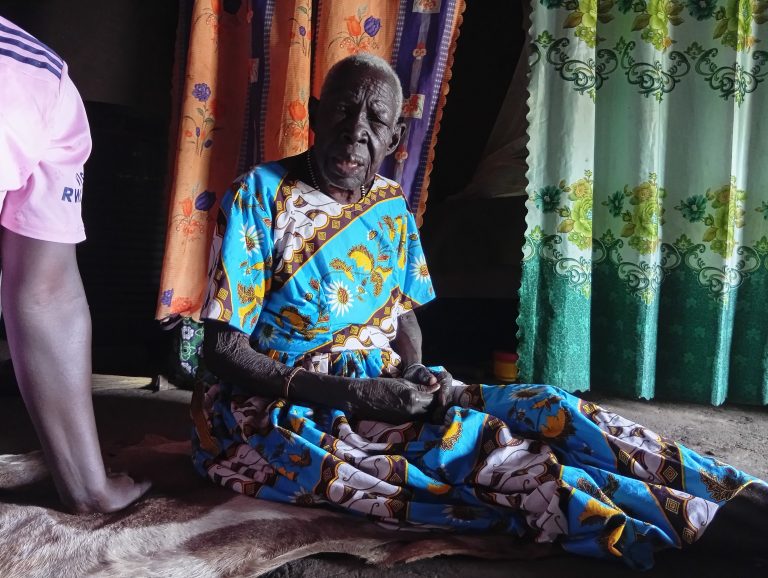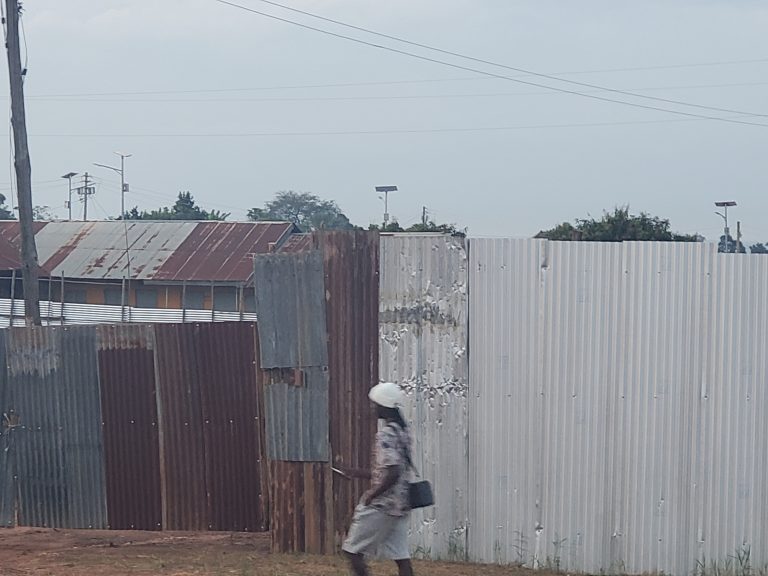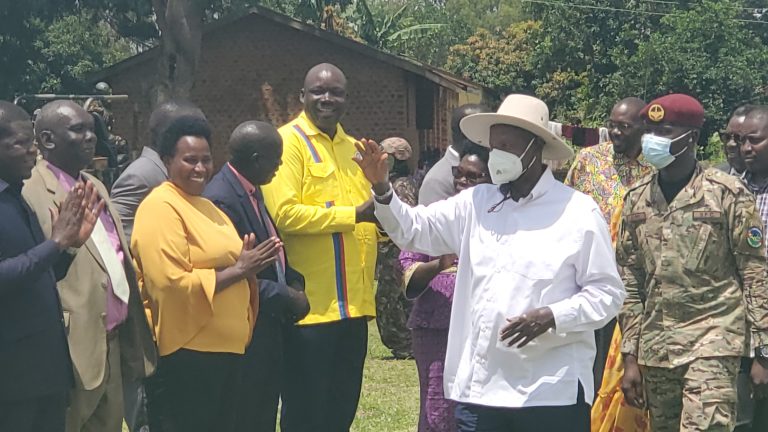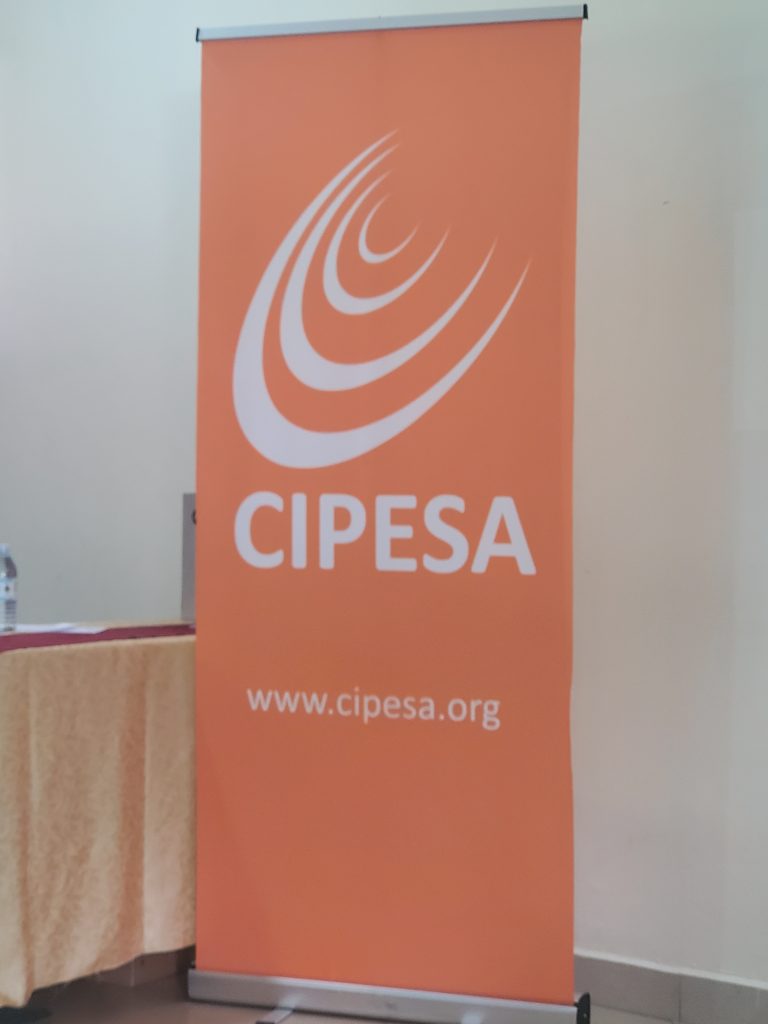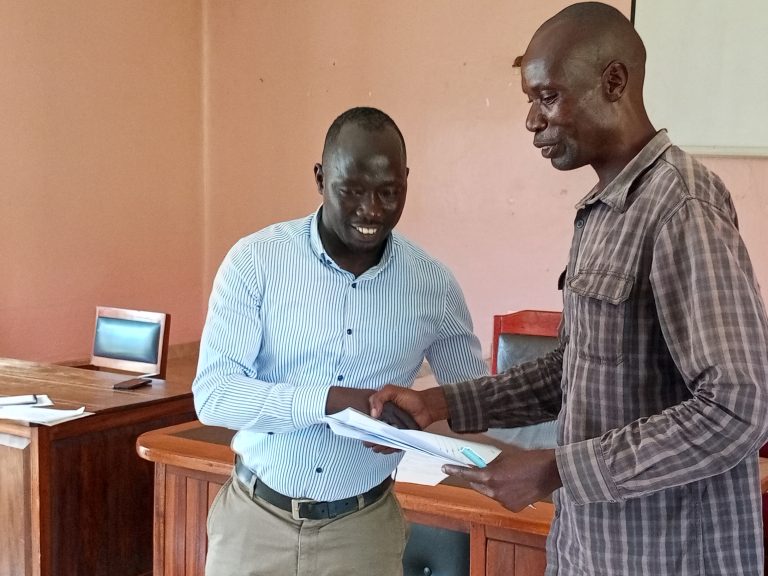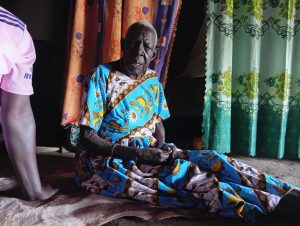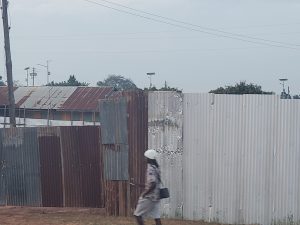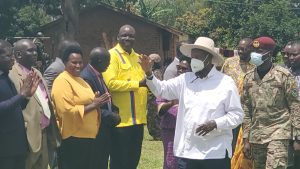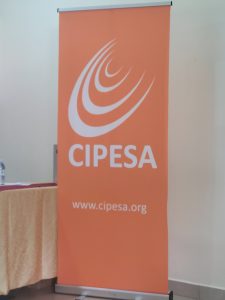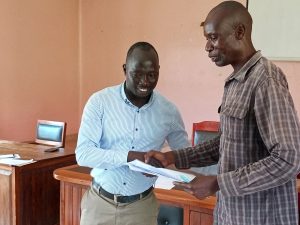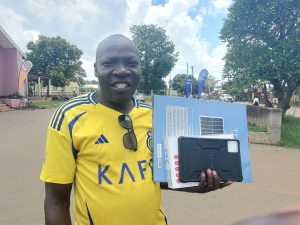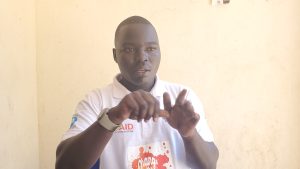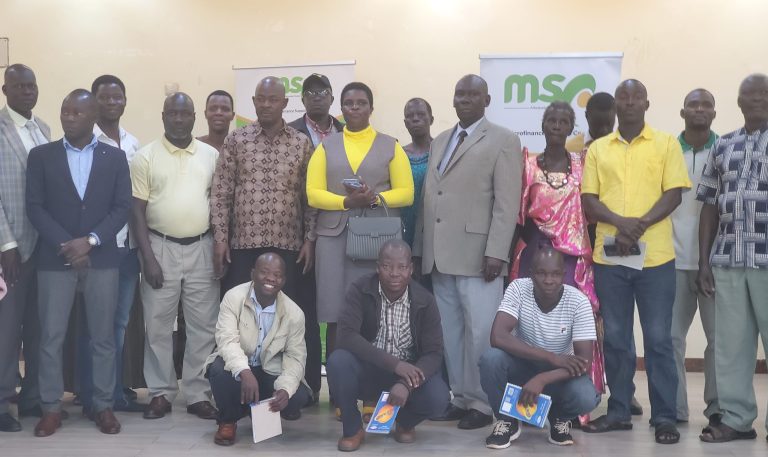The government is distributing tablets under the Parish Development Model to help with data collection. monitoring, and service delivery.
By Willy Chowoo
Gulu City, Omoro, Amuru, and other districts in the Acholi Sub-region have joined the list of districts, cities, and municipalities across Uganda to receive the second round of tablets aimed at strengthening the Parish Development Model (PDM). The government had earlier distributed tablets to all chairpersons of different PDM SACCOs nationwide.
The Ministry of Finance, in partnership with the Uganda Communications Commission (UCC), is providing brand-new tablets to all parishes, District/City Commercial Officers, Chief Administrative Officers/Town Clerks, and PDM Focal Persons in every district, city, and municipality.
The Parish Development Model (PDM) in Uganda is a government programme aimed at transforming subsistence households into a cash economy through structured interventions in agriculture, enterprise development, financial services, and infrastructure. Launched in 2022, the PDM aims to increase household incomes, promote financial inclusion, and improve community-based planning for development projects.
Today, Gulu City and District received 82 tablets, of which 79 are for members and three for technical staff. Gulu District, which has 47 parishes, has disbursed Sh14.4 billion to members over the last three years, with each parish receiving at least Sh307 million. 32 tablets went to Gulu City
The government is distributing tablets under Parish Development Model to help with data collection. monitoring, and service delivery.
Funds Reaching Beneficiaries
The District Commercial Officer and PDM Focal Person for Gulu District, Alfred Ocen, said the district was excited about the new tablets received from the Uganda Communications Commission (UCC), which will enhance efficiency in the implementation of PDM activities.
“Today, we are very happy to receive tablets from the Uganda Communications Commission for all the 47 parishes, in addition to what we already had,” he said.
Ocen explained that every parish now has two tablets to support PDM processes. “For every parish, we have so far received Sh307 million, and all this money is now moving to the households. Cumulatively, Gulu District has received Sh14 billion, which is now in circulation,” he said.
He acknowledged that a few payments were still pending due to technical challenges, such as missing national IDs or inactive phone numbers. “About a hundred-plus people are not yet paid, but the majority—especially in most sub-counties—have already cleared their payments 100 percent. We are working to ensure everyone gets their money.”
Ocen further noted that beneficiaries who received funds earlier are now expected to begin repayments in line with government guidelines.
“The guideline says you pick the money and use it for your project for two years. After two years, you start paying back. By the third year, you should have cleared all the money,” he emphasised. “We are now encouraging everyone who picked money in the first lot to start paying. People are happy; they are receiving real money, and I encourage them to use it to transform their households.”
Since the inception of the Parish Development Model in the 2021/2022 financial year, the government has allocated Sh5.865 trillion, with the largest allocation of Sh2.4 trillion made in the 2024/2025 financial year.
According to government figures from 2021, there are 10,595 parishes nationwide. Over 600 of these are in the Acholi Sub-region, which has eight districts, one city, and one municipality.
The funds have reached 10,589 out of 10,595 parishes, benefiting approximately 1,165,000 households across the country.
Voice I: Mr Ocen now calling on the beneficiaries to start returning the loans as the grace periods have elapsed
Tablets to Ease Loan Processing
Recipients say the tablets will ease loan processing for members. Openy Santo, Secretary for Kiteng-Owalo PDM SACCO in Owalo Sub-county in Gulu District, said the tablets will help the SACCO keep records of its groups. This SACCO has 18 groups, with 307 members already benefiting from Sh307 million disbursed over the last three years.
“We had challenges opening accounts under the first batch of Sh107 million before members were enrolled to Wendi. The touch-screen tablets will make loan processing much easier,” he said.
Aber Joyce Phoebe, from Pawel-Patiko SACCO, which has 32 groups with over 1,000 members, said coordination with CDOs, CAO, and other officials was previously difficult. Often, members could not be reached because phone numbers were unavailable, posing a major setback to the SACCO.
Gulu City also received 32 tablets. Layika Betty Alal, Treasurer for Kasubi Ward SACCO in Bardege-Layibi City Division, said that in 2023, reaching members was a challenge due to the prevalence of feature phones, which do not support applications needed for loan processing. The SACCO has 360 members who have benefited from the PDM.
“We had to use our own money to buy smartphones. The tablets will centralize our work and benefit the entire group,” she said.
Beneficiaries have also requested training for some members on using smartphones and applications for loan processing.
Okot Eric, Secretary for Laliya Ward PDM in Gulu City, said they previously borrowed mobile phones to conduct SACCO business.
“All PDM work is done online. We used to borrow smartphones to do profiling and approve payments for members. These tablets will strengthen and speed up our work,” he said. The SACCO has 720 members, with 300 having received their money from Sh300 million disbursed over the past three years.
Improving Reporting and Connectivity
Komakech Michael, Gulu District Secretary for Production, Marketing, and Environment, said mobile technology will help profile beneficiaries and streamline report writing for SACCOs in the district.
However, some beneficiaries have complained of poor network coverage, especially in rural areas. Komakech admitted the network is still poor but assured that district leaders are working with the central government to expand internet coverage.
He also warned beneficiaries against misusing the tablets, saying, “The tablets are provided for government work, not for entertainment or trading.”
According to the National Population and Housing Survey (NPHS) 2024, Uganda has approximately 38.6 million mobile connections, representing about 76.2% of the population. Among individuals aged 10 and above, 13.6 million own a mobile phone, representing 43% of this demographic.
The majority of Ugandans still own feature phones, numbering 26.7 million (69%), while 18.2 million (31%) own smartphones. Feature phones remain dominant due to affordability and simplicity, making them accessible to a wider population.
While smartphone adoption is increasing, especially in urban areas and among younger, tech-savvy individuals, it still represents a smaller share of the market. The rise in smartphone usage is contributing to greater internet penetration, allowing more people to access online services and information


